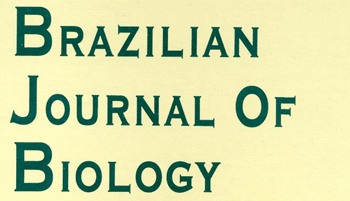Abstract
Environmental complexity is considered a key factor for diversity enhancement in aquatic ecosystems. Macrophyte stands are a major contributor for this complexity due to their differential architectures. Nevertheless, the influence of distinct aquatic habitat architectures (with different types of macrophytes or without them) on microcrustaceans’ taxa composition, usually found in macrophyte colonized water bodies, is underexplored in limnological studies. The main objective of this study was to analyze this influence by comparing the Cladocera composition among four habitat architectures: (1) fluctuant macrophytes, (2) rooted emergent macrophytes, (3) submerged macrophytes and (4) the limnetic zone of oxbow lakes associated to a large subtropical reservoir. Wide compositional variation was observed. Fluctuant macrophytes exhibited the richest Cladocera assemblage, dominated by Chydoridae. Submerged and rooted emergent macrophytes had the most similar assemblages between them. The most distinctive fauna was found in the limnetic zone, dominated by Bosminidae. Probable differences in resource availability in each sampled habitat architecture are considered as the driving factor for the Cladocera composition variation. We concluded that for a complete inventory of a given local fauna, it is imperative to take into account the aquatic habitat architecture, including macrophyte stands, in the data sampling design.
Keywords:
Cladocera; composition; macrophytes; subtropical reservoir

 Thumbnail
Thumbnail
 Thumbnail
Thumbnail
 Thumbnail
Thumbnail
 Thumbnail
Thumbnail



